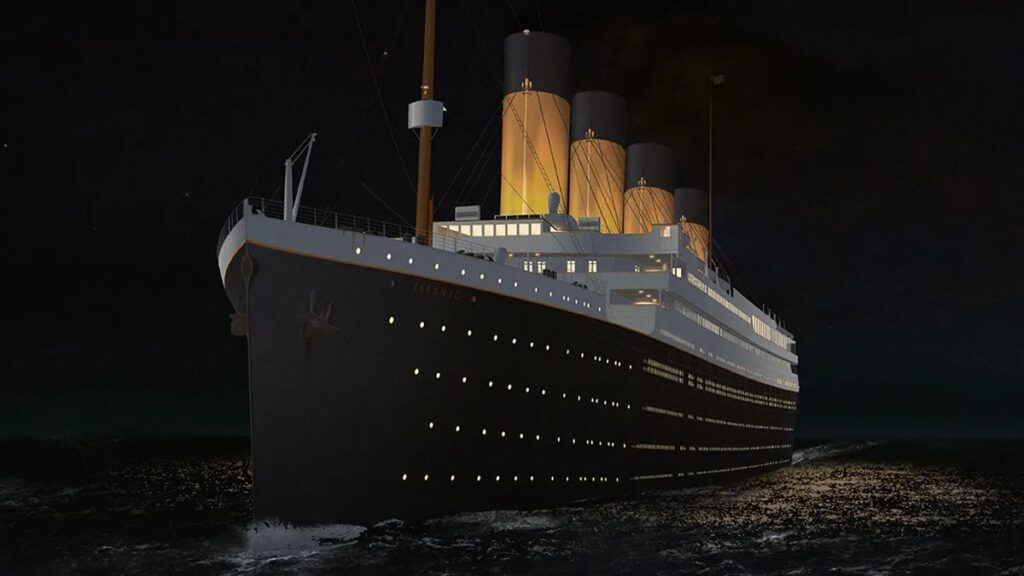
“These are the people who want to debate scientists”.
People are asking why the Titanic didn’t implode as it sank, and the confusion surrounding this question has prompted discussions among scientists and the public. The recent incident where the Titan submersible imploded while exploring the Titanic wreck has further fueled these inquiries.
Conservative radio show host Jesse Kelly raised a seemingly naive question on Twitter, asking why the Titanic remained relatively intact at the ocean floor despite the immense water pressure. Some individuals mocked this question, highlighting that these are the same people who want to challenge scientific explanations.

To understand why implosions occur, we must recognize that they happen when there is a significant difference in pressure between the inside and outside of an object. This discrepancy causes the object to collapse inwards on itself. For instance, when a submersible descends to great depths in the ocean, the water’s pressure on its surface becomes too immense for the vessel’s hull to withstand, leading to a violent implosion.
Implosions can occur even at the surface if the internal pressure of an object is lower than the external pressure. A common example is creating a vacuum inside a tank by removing the air.
So, why did the Titan submersible implode while the Titanic did not suffer the same fate entirely? To clarify, parts of the Titanic did implode during its descent, particularly the stern section, which likely imploded around 60 meters (200 feet) below the surface.
However, certain portions of the Titanic managed to avoid this catastrophic event due to a critical factor – the release of air from within. By equalizing the pressure inside and outside the ship, these parts remained intact and did not succumb to implosion.
It’s essential to understand that the Titanic’s wreckage is not entirely unscathed. Some sections experienced implosion, while others remained relatively preserved. The areas where the pressure inside the ship was equalized were spared from the violent collapse that affected other parts.
In conclusion, the phenomenon of implosion is rooted in the difference between internal and external pressures in an object. The Titanic experienced both implosion and relative preservation due to the varying conditions of pressure within its structure. While this might appear puzzling to some, scientific explanations shed light on why certain parts of the Titanic remained intact despite the immense water pressure at the ocean depths. As we continue to explore and understand the mysteries of the deep sea, incidents like the recent implosion of the Titan submersible serve as a reminder of the tremendous forces at play beneath the waves.

Leave a Reply